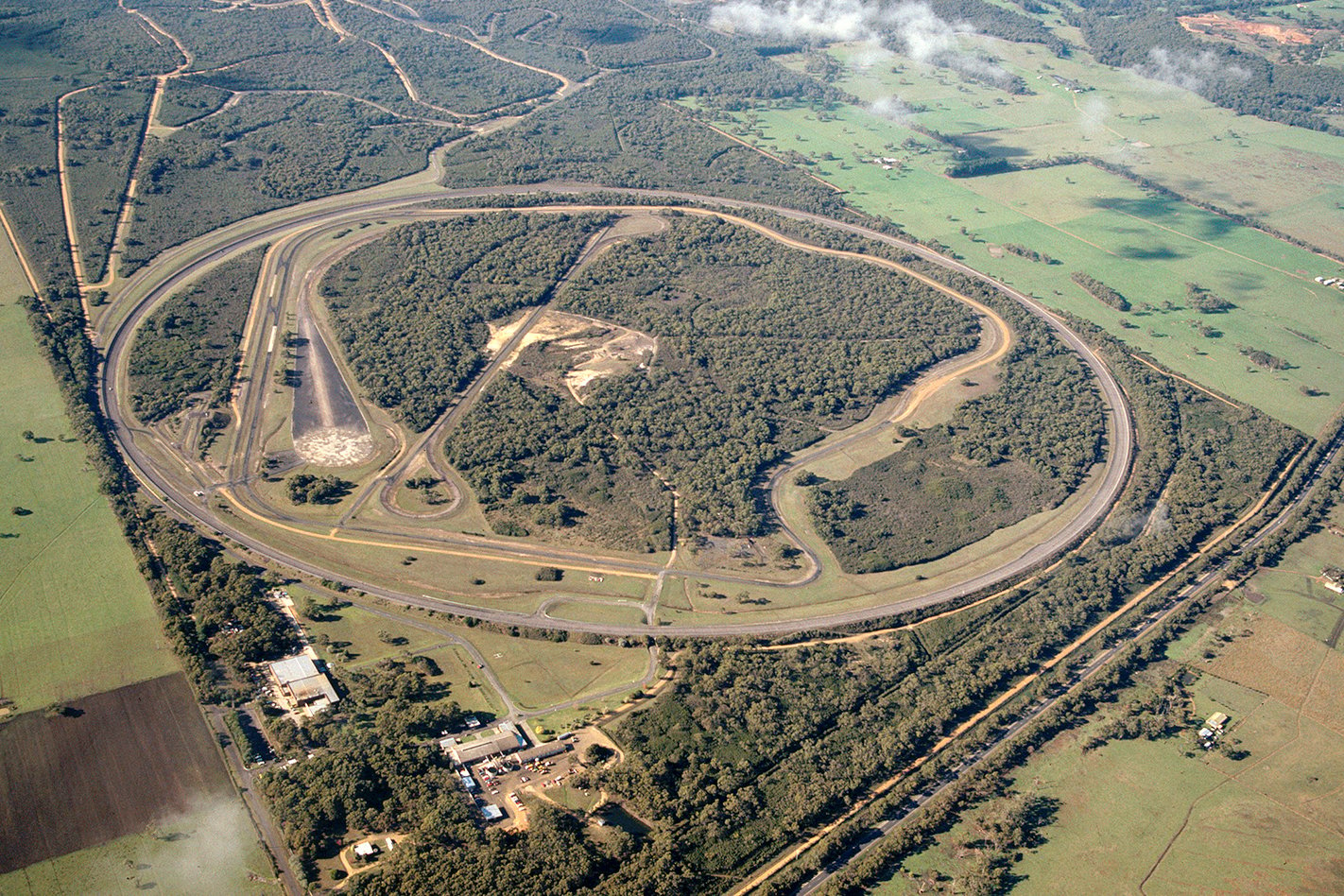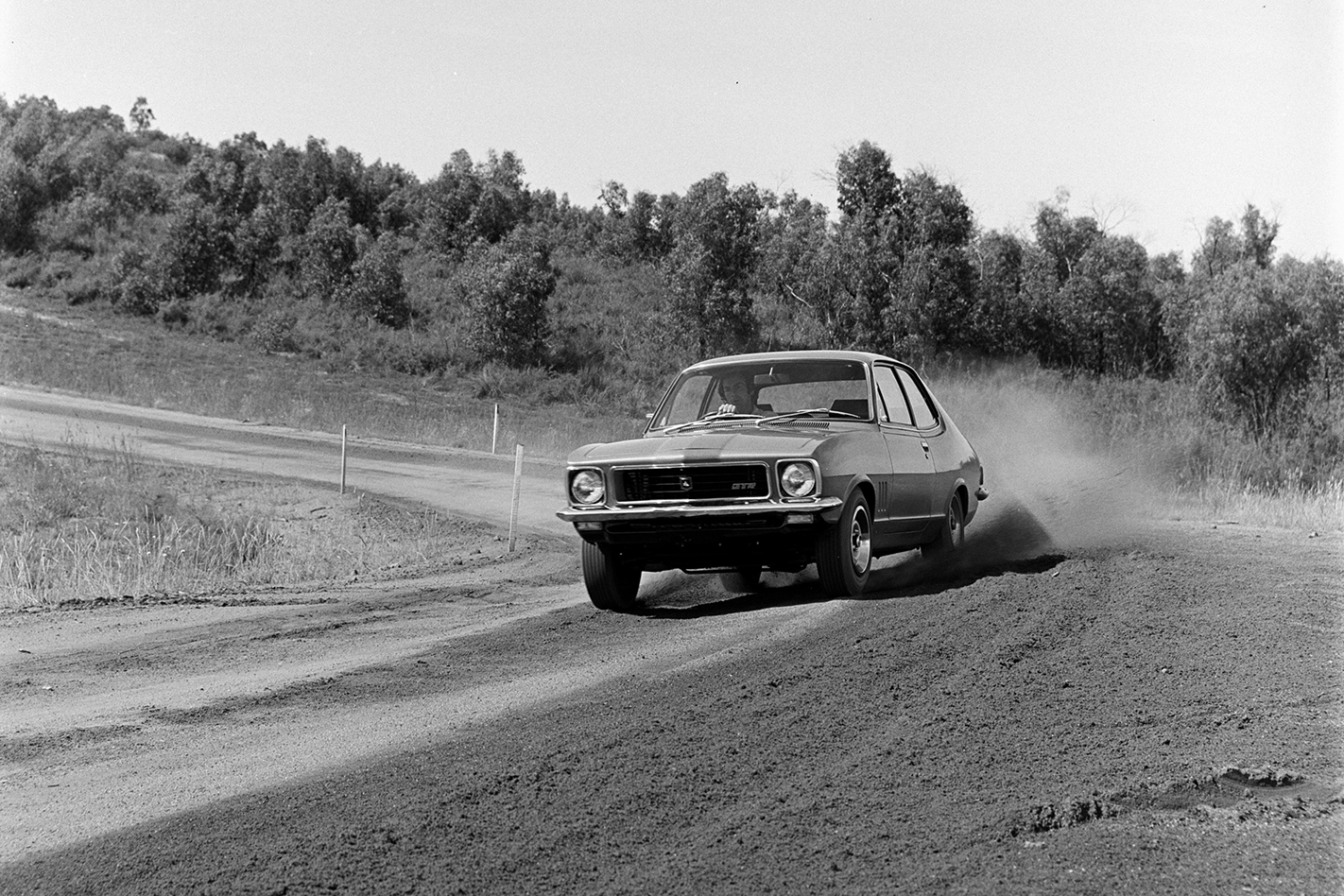HOLDEN’S Lang Lang Proving Ground has solidified its integral place in General Motor’s global development plans following the completion of a multi-million dollar round of upgrades.
GM and Holden have jointly poured $15.9 million into the facility, focusing on refurbishing road surfaces and improving testing facilities.
The 4.7-kilometre high-speed bowl has been resurfaced with 7500 tonnes of asphalt to reduce unevenness and prevent water seepage, at a cost of $7.2 million.

First opened in 1957, the 877-hectare Lang Lang Proving Ground has been where every new Holden has been developed since the FC.
The facility, 90-kilometres south east of Melbourne, features 44-kilometres of road systems, including the upgraded 4.7km four-lane circular high-speed bowl, a 5.5km ride and handling course, a 1.8km noise and road testing stretch, and a 98m diameter skid pan. Also at the proving ground are rough tracks, a ‘hill route’, a twist course, a ‘rattle and squeak’ track, and mud and water baths

“The [proving ground] and, in particular, the circular track are critical to Holden enabling development of vehicles for our local market, to tune suspension, steering and drivetrain characteristics for Australia’s unique conditions and customers,” Holden vehicle development manager, Jeremy Tassone said.
The vehicle emissions lab at the site has also received an $8.7 million investment, upgrading it to a state-of-the-art facility capable of meeting stringent new US and European emissions standards.
Holden and GM are now capable of testing vehicles to Euro6 regulations, which includes the measurement of exhaust gas particulates.

Climate controlled test cells at the lab allow Holden’s engineers to test emissions for all of GM’s vehicles (petrol, diesel, LPG and hybrid) at temperatures ranging from minus 40, to 50 degrees celsius.
Since the closure of Holden’s local vehicle manufacturing, the Lang Lang proving ground has become central to the development of several international products from within the GM family.
“The [proving ground] team remain plugged into GM’s global engineering programs,” Tassone added.

“Providing engine and transmission calibration and input into product programs that reach beyond Holden and influence GM vehicles such as Chevrolet, GMC and Cadillac that are destined for international markets.”
David Ellliott, director of Holden global propulsion systems says diagnostic emissions verification has become an increasing focus at the facility, with “around 7000” tests completed annually.






